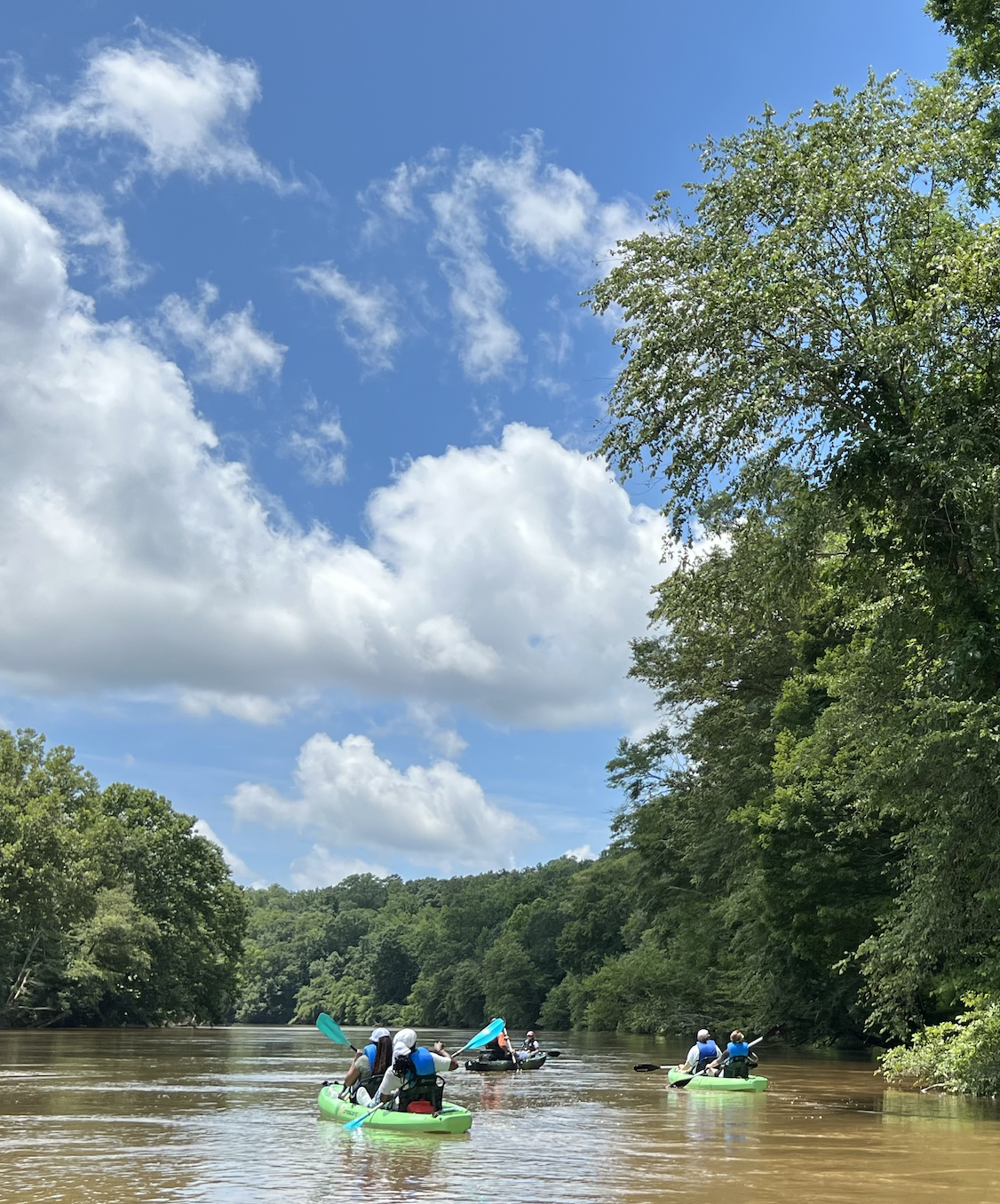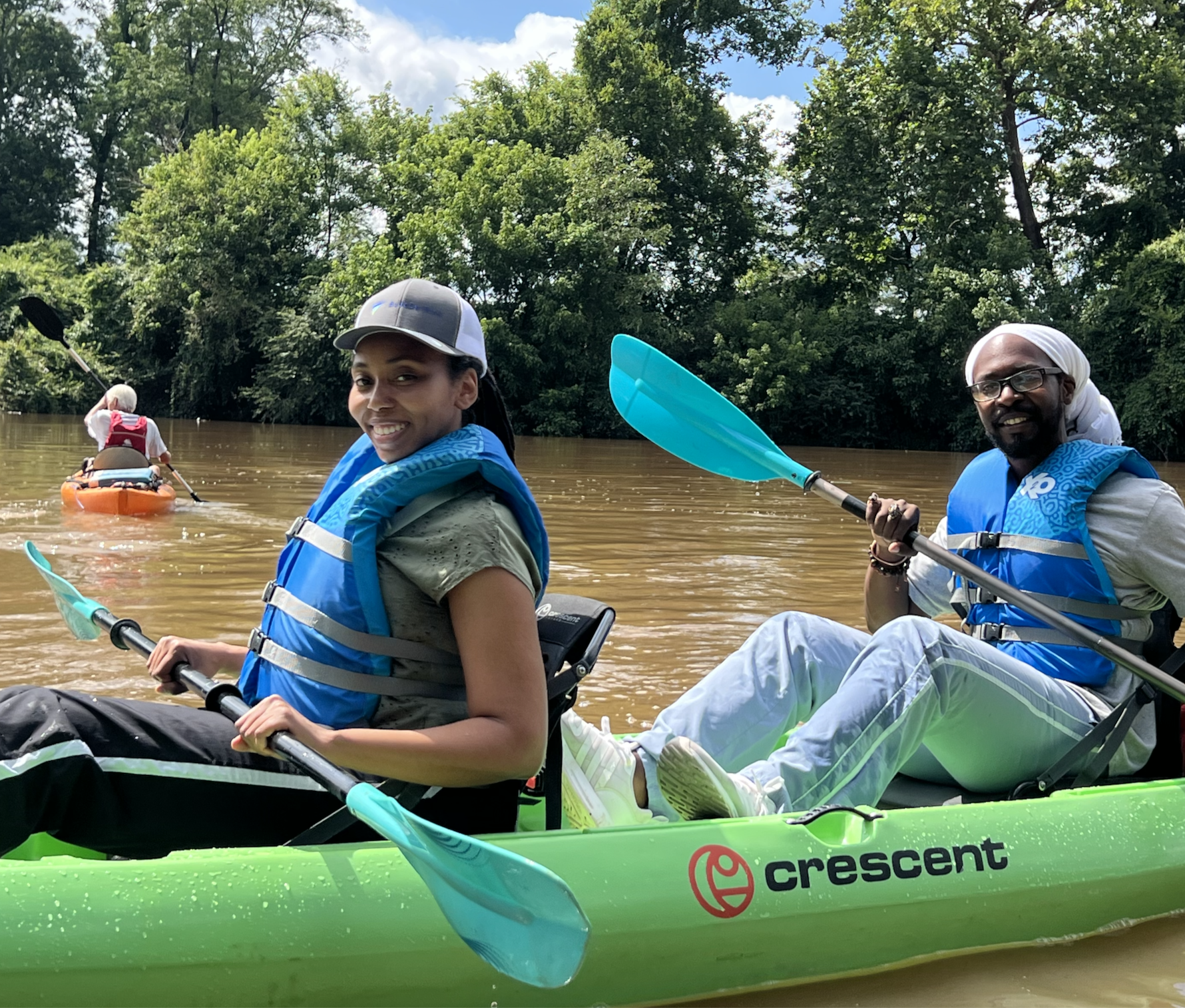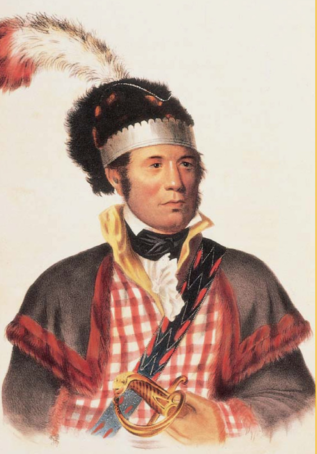
- This event has passed.

 Paddle the Chattahoochee River, just south of Atlanta.
Paddle the Chattahoochee River, just south of Atlanta. This section of the River an easy paddle for beginners, Chattahoochee in this section is a calm river with several small riffles. It’s an easy section for beginners, and being south of the city the river is cleaner and the banks are predominantly natural.
This section of the River an easy paddle for beginners, Chattahoochee in this section is a calm river with several small riffles. It’s an easy section for beginners, and being south of the city the river is cleaner and the banks are predominantly natural.
 most influential figures in Georgia in the early 1800’s, working easily in both Creek and American society. He sided with the Americans against the more traditional Creeks and was arguably responsible for Andrew Jackson’s military success and subsequent rise to political power. Controversially, McIntosh benefitted personally from Creek land sessions to the Americans. He was killed at his estate at Acorn Bluff, overlooking the Chattahoochee River, for signing over Creek lands without the permission of other chiefs. For more of William McIntosh’s story see: http://www.georgiaencyclopedia.org/articles/history-archaeology/william-mcintosh-ca-1778-1825
most influential figures in Georgia in the early 1800’s, working easily in both Creek and American society. He sided with the Americans against the more traditional Creeks and was arguably responsible for Andrew Jackson’s military success and subsequent rise to political power. Controversially, McIntosh benefitted personally from Creek land sessions to the Americans. He was killed at his estate at Acorn Bluff, overlooking the Chattahoochee River, for signing over Creek lands without the permission of other chiefs. For more of William McIntosh’s story see: http://www.georgiaencyclopedia.org/articles/history-archaeology/william-mcintosh-ca-1778-1825Education | Native Plants | Donations & Membership | Walk About Down Yonder | About | Contact Us
650 Ponce De Leon Ave Ste. 300 #2044, Atlanta, GA 30308